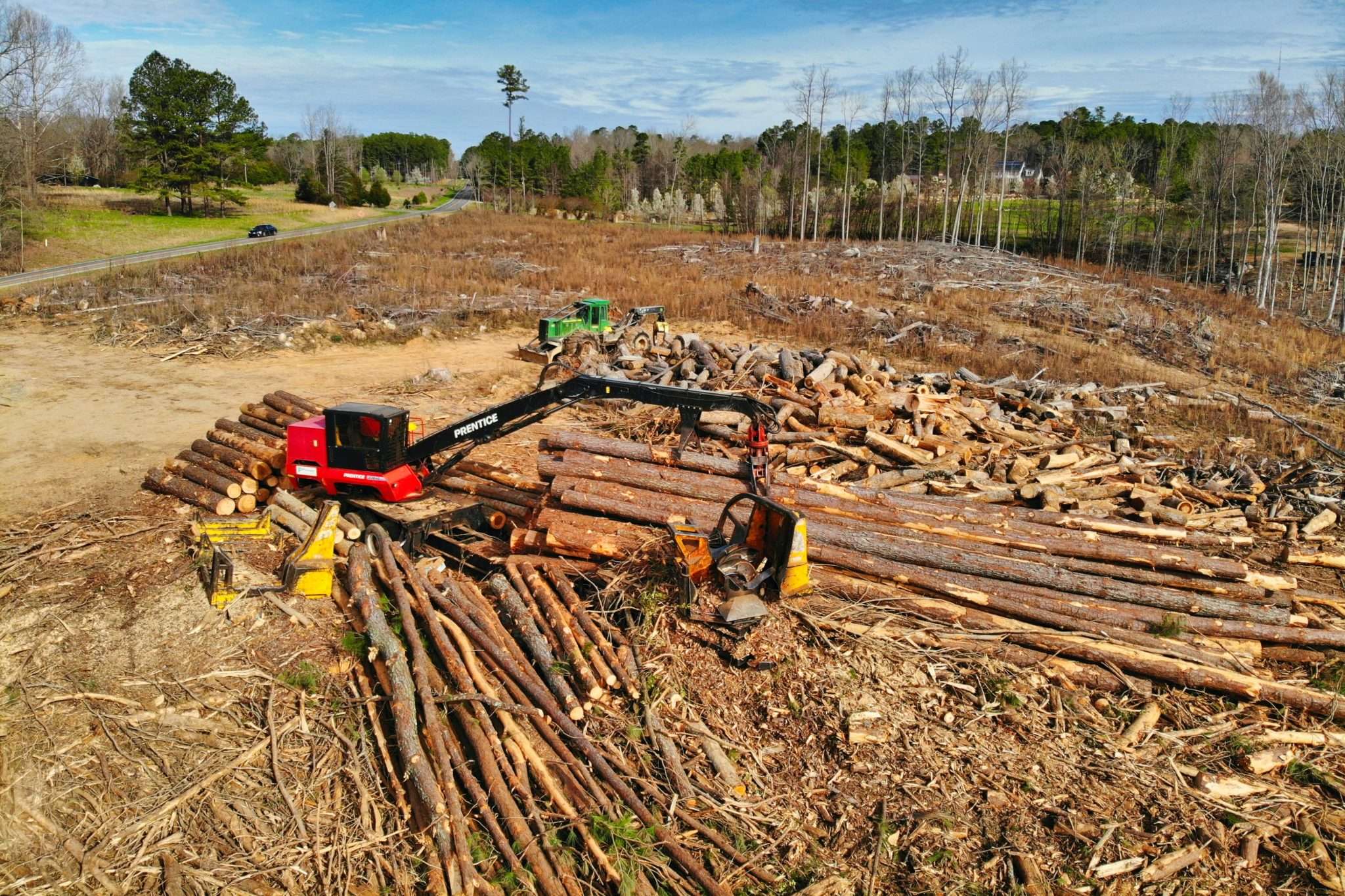Developers and home builders across the country rely on several varieties of North American lumber in massive quantities to quickly and cheaply build new houses. In recent years, the Triangle region’s rapid economic and population growth has fueled the expansion of housing developments. Many expected the COVID-19 pandemic would stunt business and cause another housing collapse. Instead of crashing, the market began to thrive.
For the first time since the 2008 Recession, the demand for lumber has skyrocketed to the point that suppliers can’t keep up. Developers, especially those pumping out cookie cutter homes, are reaching for the next best thing– European Lumber. However, government agencies warn that the imported wood has distinct qualities from native, North American trees and has to be treated as such.
Lumber Shortages
Informed by the Recession, the North American lumber industry responded to pandemic panic by cutting production and unloading excess inventory. But the housing industry did not take the damage suppliers were expecting, and the demand for lumber expanded. Many experts estimate this trend will continue into 2022.
Developers and home improvement stores turned to European countries to fill in the gaps. However, the imported wood comes from multiple countries and different species of trees. This presents a challenge to the current “grading” system used for construction safety.


Look for the Stamp
The American Lumber Standard Committee (ALSC) requires each piece of lumber to have a “grade” stamp. This helps builders and engineers to safely construct a building without having to test each piece o f lumber for its properties. Typically, developers use #2 Structural” lumber for in constructing houses for its density and strength.
But the North Carolina Department of Insurance warns that not all #2 stamped lumber is the same. A particular concern for builders is the gravity and density of the wood. Differences in these properties could affect the performance of nails, screws and plates.
The shortage of North American lumber surprised sawmills and developers. The abrupt shift to imported lumber from countries across Europe hasn’t left time for regulators to ensure buildings are being constructed properly. European lumber is not necessarily inferior, but it can have a variety of different properties that demand modifications. If developers use European lumber and don’t change the way they build, it can put the community at risk.
Representation for European Lumber
If your home is a recent construction, or you are planning to move to a new development soon, you can take steps to verify the quality of the building materials. Maginnis Howard is currently investigating a builder’s widespread use of European Lumber in early 2021 that may not have complied with the building code.
For a legal team you can trust, contact the experienced attorneys at Maginnis Howard. Our results speak for themselves, and our clients are our number one priority. Reach us by phone at (919) 526-0450, by email info@carolionalaw.com, or through our contact page.






